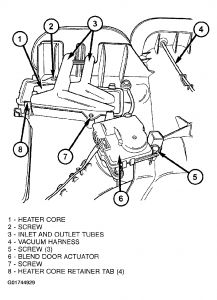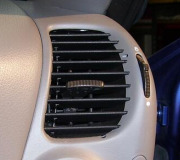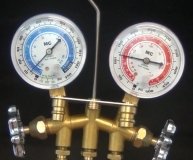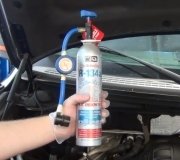Friday, August 31st, 2012 AT 4:09 AM
My a/c started blowing hot air on the way home from a long trip out of state. There was also a burning smell. I stopped at a 7-11 and a man there looked under the hood and said the compressor was locking up and it might need a new compressor but he said if I turned the a/c off I would probably be ok to make it the rest of the way home. I was afraid of breaking down so I stopped into a franchise auto shop but they were really busy and said they couldn't look at the car for several hours. As I was outside deciding what to do, one of the mechanics came out and I told him what the man at 7-11 had said. He looked under my hood for less than 2 minutes and said I needed a compressor. He did no other diagnostics whatsoever on my car, he went inside and ordered the part. A short while later, the part came and he took my car inside and installed it. I paid a lot of money and left. Two hours later, I stopped to get something to eat. I went inside and my wife stayed in the car while it was running. It was then that she noticed the a/c started to blow hot air and the burning smell returned. I popped the hood and the new compressor was locking up. We drove for a few minutes and then the car began to overheat. We stopped and turned the car off and let it cool for awhile. Then we started the car up and left the a/c off and drove home an hour away. The car didn't overheat when the a/c was off. The next day, I took it to a mechanic who said it had a bad radiator fan assembly. My question is: was the first mechanic wrong to not have done any diagnostics to inspect the a/c system thoroughly to determine if I really needed a new compressor or not. Is it possible to determine if I needed a new compressor by looking at it for less than two minutes? Thanks for your help.




